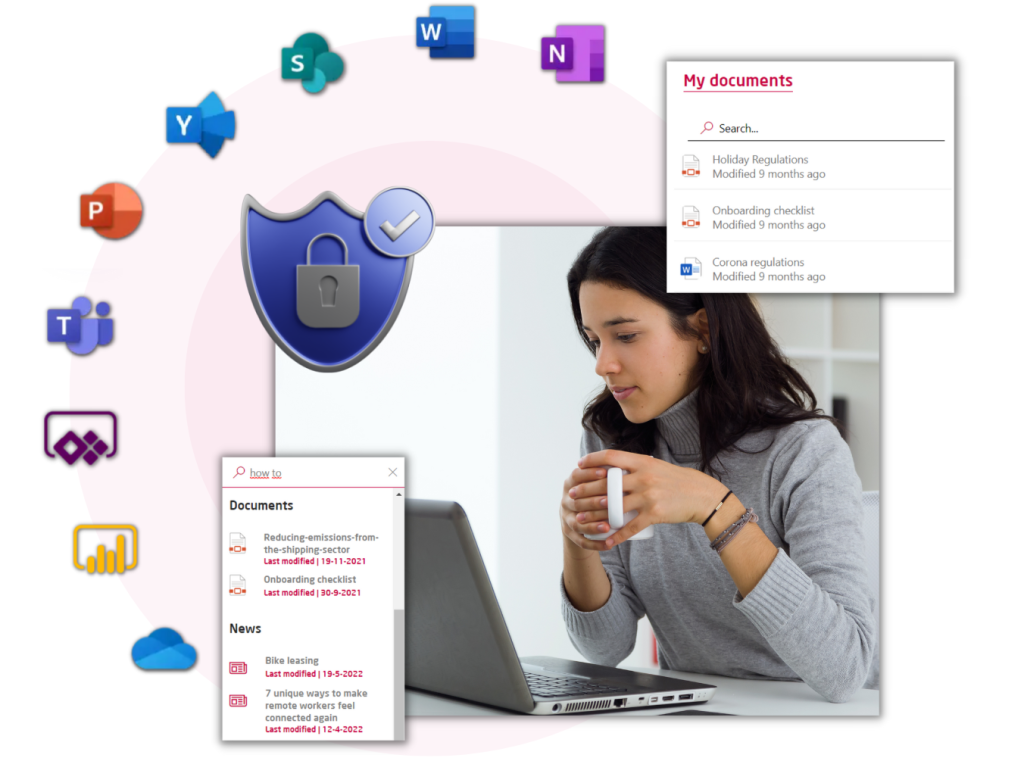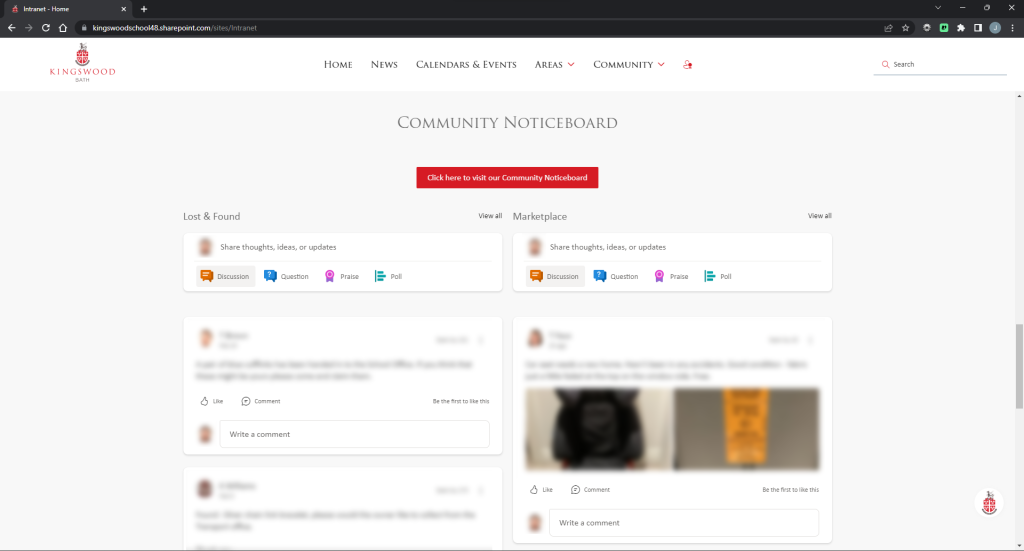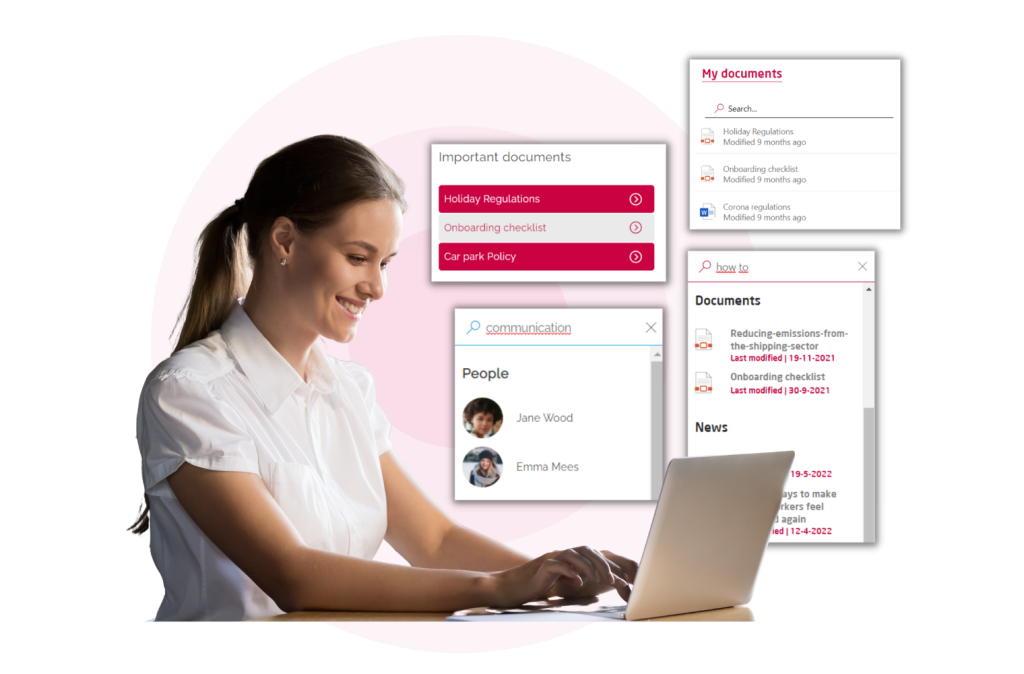Collaboration at work is an essential ingredient for any organisation’s success. In today’s fast-paced world, effective collaboration and teamwork can make the difference between a thriving business or a failing one.
In fact, companies have 1.9 times increased likelihood of having above-median financial performance when teams are working together towards a common vision, says Scott Keller and Mary Meaney in their book Leading Organisations: Ten Timeless Truths.
Collaboration at work allows employees to share their knowledge and expertise, thus contributing to the overall growth and success of the company. And according to Scott Keller’s research there are three key dimensions of great teamwork.
+ Alignment: A shared belief about what the company is striving towards.
+ Interaction: Open communication, trust, and a willingness to embrace conflict.
+ Renewal: An environment where employees feel like they can take risks, innovate, and achieve something that matters.
Teamwork makes the dreamwork
It’s well known that teamwork and collaboration underpin every successful endeavour. As the basketball legend Michael Jordan once said: “Talent wins games, but teamwork and intelligence win championships.”
So, let’s take a look at why teamwork matters…
It increases creativity and innovation
When employees work together they are more likely to come up with innovative ideas and solutions. Diverse perspectives and varied experiences contribute to create problem solving and better decision making.
It makes work-life more efficient
When employees collaborate, they can streamline their efforts and work more efficiently. Collaborative work environments help to reduce duplication of efforts, prevent miscommunication, and save time and resources.
It enhances employee engagement
Collaboration can increase employee engagement by fostering a sense of camaraderie and shared purpose. Engaged employees are more likely to be productive, committed, and passionate about their work.
It improves retention
A collaborative work environment has a positive impact on employee satisfaction, leading to lower turnover rates. This saves organisations the time and cost of recruiting and training new hires.
8 ways to use your intranet to promote collaboration
Whilst technology can’t force people to collaborate, having the right tools in place can certainly facilitate it. Having a modern intranet is therefore an essential tool for fostering a culture of collaboration.
Intranets are a great one-stop-shop for information sharing. They act as a hub of information for employees, provide the tools necessary for seamless teamwork, as well as opportunities for social interaction – empowering employees to work together effectively.
So, let’s take a look at how you can use your intranet to promote collaboration in your organisation.
1. Create an information hub
Intranets are a great place to store documents, policies, procedures, and updates. Storing information centrally, in a modern intranet, means employees can easily search, self-serve, and access a single source of truth.

2. Provide collaboration tools
Most modern intranets offer a range of collaboration tools such as a shared calendar, project management system, and discussion boards. Tools like these enable employees to work together more effectively – assigning tasks and monitoring progress in real-time.
3. Encourage social interaction with a social hub
Intranets are a great way to encourage social interaction – by giving employees a two-way comms platform an intranet is the place to share ideas, ask questions, and give feedback. Forums, blogs, and even chat rooms are great ways to do achieve this too. Intranets can also help to break down information silos, encouraging employees to informally share their knowledge with each other, fostering communication across departments.

4. Recognise and reward employee milestones and achievements
An intranet is a great platform to celebrate employees’ achievements and milestones. By highlighting individual and team accomplishments, you can create a positive atmosphere which helps contribute to a company’s success.
5. Add a training and development section
Onboarding new employees or upskilling existing colleagues, intranets can be a really useful tool for HR. By providing access to a dedicated section for online courses, webinars, and other educational resources, an intranet can aid training, development, and collaboration within any organisation.

6. Put search at the heart of your UX
At the heart of every efficient intranet is an exceptional search experience. Employees should be able to swiftly search for content and information with reliable results. A good search function creates trust and helps to optimise knowledge management.
7. People Directory
To collaborate with colleagues, you’ve got to be able to find them first. Which is why a People Directory is one of the most essential features of an intranet. Connecting employees with internal experts at the click of the button is the best way to spread knowledge across your organisation.
An up-to-date People Directory is also essential for new joiners – helping them to find out skillsets, contact details and who’s who within their team and wider company.
8. FAQs
Repetition is the enemy of efficiency. Employees asking the same questions over and over can drain productivity and interrupt people’s flow of work. Which is why adding an FAQs section to your intranet, which colleagues can add to like a Wiki, is a great way to encourage information sharing with the added bonus of giving your people the agency to solve their own queries.

Empower your people to collaborate, share ideas and knowledge at ease with Involv.
Find out how Involv can provide the tools to facilitate collaboration
by downloading our ebook.
We love collaborating with our customers so book a demo with one of our intranet experts.

Free Ebook
Overcoming the Challenges of IC:
Lessons from practitioners
Lessons from practitioners


